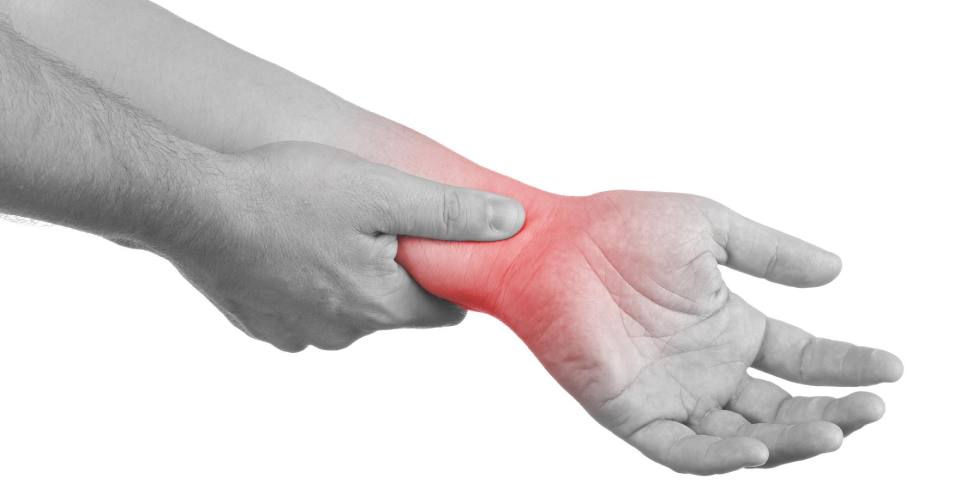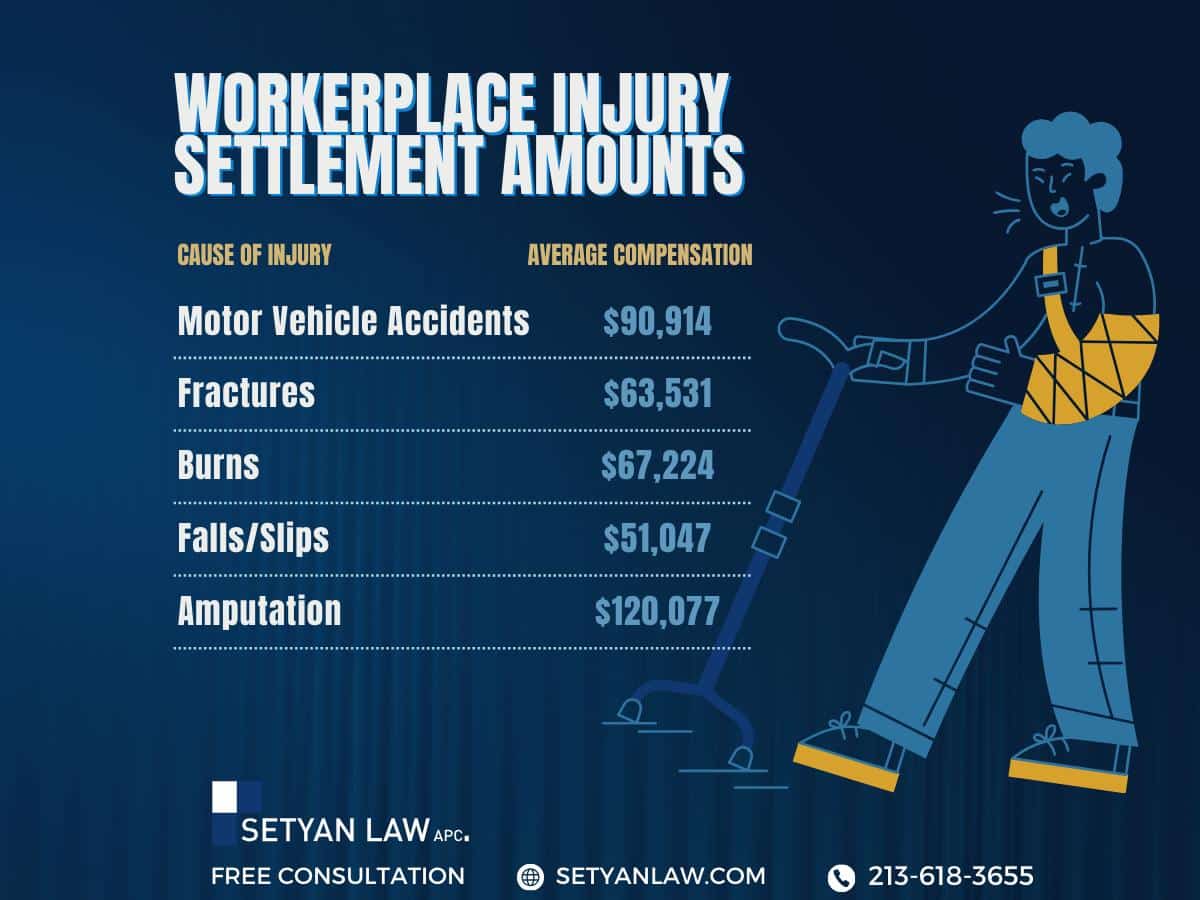Updated October 27, 2025
How to Report a Work Injury in California: A Comprehensive Guide
Experiencing an injury at your workplace can be a disorienting and stressful situation. One moment you’re focused on your professional responsibilities, and the next, you’re dealing with pain, uncertainty, and concerns about medical expenses and lost income. Understanding the proper procedures for reporting a work-related injury in California is crucial to protect both your health and financial wellbeing. This guide walks you through the essential steps to take following a workplace injury, ensuring you receive the benefits and support you’re entitled to under California law.
The workers’ compensation system in California exists specifically to provide injured employees with necessary medical treatment and financial assistance during recovery. However, accessing these benefits requires following specific protocols and timelines. Knowing exactly what to do after sustaining a workplace injury can make the difference between a successful claim and unnecessary complications or denials.
Immediate Actions After a Workplace Injury
When you suffer an injury while performing your job duties, your immediate response can significantly impact both your health outcomes and your workers’ compensation claim. Taking appropriate action promptly establishes a clear connection between your injury and your employment.
First and foremost, assess the severity of your injury. If you’re experiencing a medical emergency, your priority should be seeking immediate medical attention. Call 911 or have someone transport you to the nearest emergency facility if necessary. During emergency treatment, clearly inform medical personnel that your injury occurred while working. This documentation creates an initial medical record linking your condition to your workplace activities.
For non-emergency injuries, notify your supervisor or manager as soon as possible. Even if the injury seems minor initially, it’s essential to report it promptly. Some conditions may worsen over time, and establishing an early record of the incident strengthens your claim. Verbal notification is a good start, but following up with written documentation provides a more substantial record.
Remember that California law protects employees from retaliation for reporting workplace injuries. Your employer cannot legally punish, demote, or terminate you for notifying them about a work-related injury or illness. Understanding this protection can help alleviate concerns about potential negative consequences of reporting your injury.
California’s Legal Requirements for Injury Reporting
California labor laws establish specific timeframes and procedures for reporting workplace injuries. Understanding these requirements is essential for preserving your right to workers’ compensation benefits.
Under California law, injured workers must notify their employer about a work-related injury "as soon as practicable," with a maximum timeframe of 30 days from the date of injury. This notification initiates the workers’ compensation process and allows your employer to fulfill their legal obligations. Failing to report within this 30-day window could jeopardize your eligibility for benefits, as employers and insurance companies may question whether the injury actually occurred at work.
For injuries that develop gradually, such as repetitive stress conditions or occupational illnesses, the reporting clock begins when you first become aware that the condition is work-related. This might be when symptoms become noticeable or when a medical professional connects your condition to your job activities.
After receiving notification of your injury, your employer must provide you with a workers’ compensation claim form (DWC-1) within one working day. This form officially initiates your claim with the workers’ compensation insurance carrier. Complete this form thoroughly, providing detailed information about how, when, and where the injury occurred.
Documenting Your Workplace Injury Properly
Thorough documentation strengthens your workers’ compensation claim and helps ensure you receive appropriate benefits. Creating comprehensive records from the moment of injury provides evidence that can prove invaluable throughout the claims process.
Begin by writing down exactly what happened as soon as possible after the incident. Include specific details about the date, time, location, and circumstances of your injury. Note any equipment involved, environmental conditions, and the names of any witnesses present. This contemporaneous account preserves details that might otherwise be forgotten as time passes.
If possible, take photographs of the accident scene and any visible injuries. Visual evidence can powerfully support your description of events and demonstrate the severity of your condition. Continue documenting your recovery process, including symptoms, limitations, and how the injury affects your daily activities.
Keep copies of all paperwork related to your injury and claim. This includes medical reports, test results, prescriptions, and correspondence with your employer or their insurance company. Organize these documents chronologically to create a clear timeline of your injury and treatment.
Maintain a journal detailing your medical appointments, treatments received, and how your injury impacts your ability to work and perform daily activities. This ongoing record demonstrates the real-world effects of your injury and can help establish the appropriate level of compensation.
Seeking Appropriate Medical Treatment
Obtaining proper medical care is crucial both for your recovery and for establishing the legitimacy of your workers’ compensation claim. California’s system has specific provisions regarding medical treatment for workplace injuries.
In emergency situations, seek immediate medical attention at the nearest appropriate facility. For non-emergency care, California employers typically have the right to direct injured workers to specific medical providers within their Medical Provider Network (MPN) for the first 30 days after injury reporting. After this initial period, you may have the option to switch to a different physician within the network or, in some cases, to your personal doctor if you’ve previously designated them for workplace injuries.
During medical visits, clearly communicate that your injury is work-related. This ensures proper documentation and billing through the workers’ compensation system rather than your personal health insurance. Be thorough and honest when describing your symptoms, limitations, and the circumstances of your injury.
Follow all treatment recommendations and attend all scheduled appointments. Failure to comply with medical advice could be interpreted as evidence that your injury isn’t as severe as claimed or that you’re not committed to recovery. These perceptions could potentially impact your benefits.
Request copies of all medical records related to your workplace injury. These documents serve as official evidence of your condition and its connection to your employment. They also help track your recovery progress and any work restrictions recommended by healthcare providers.
Understanding Your Employer’s Responsibilities
When you report a workplace injury, your employer has specific legal obligations under California workers’ compensation laws. Knowing these responsibilities helps ensure you receive proper treatment and benefits.
After receiving notification of your injury, your employer must provide you with a claim form (DWC-1) within one working day. They’re also required to forward your completed claim form to their workers’ compensation insurance carrier within one working day of receipt. This prompt processing initiates your claim and helps avoid unnecessary delays in benefit determination.
Your employer must authorize medical treatment for your work-related injury, up to $10,000, even before your claim is officially accepted or denied. This provision ensures you can begin receiving necessary care while your claim is being processed. The authorization should occur immediately after you submit your claim form.
California law prohibits employers from discriminating or retaliating against employees for filing workers’ compensation claims. This includes protection against termination, demotion, reduction in hours, or other adverse actions based on your injury report or claim filing. If you experience such treatment, you may have additional legal remedies available.
Your employer should also provide reasonable accommodation for any work restrictions recommended by your treating physician. This might include modified duties, alternative assignments, or necessary equipment to allow you to continue working safely during recovery.
Filing the Official Workers’ Compensation Claim
Beyond initial injury reporting, filing a formal workers’ compensation claim involves specific documentation and procedures. Understanding this process helps ensure your claim proceeds smoothly.
The primary document for initiating your claim is the Workers’ Compensation Claim Form (DWC-1). Your employer must provide this form within one day of learning about your injury. Complete the "employee" section thoroughly, including detailed information about how, when, and where your injury occurred. Be specific about which body parts were affected and any symptoms you’re experiencing.
After completing your portion of the DWC-1 form, return it to your employer promptly. They must complete the "employer" section and submit it to their workers’ compensation insurance carrier. Keep a copy of the completed form for your records as proof of filing.
The insurance company generally has 14 days to acknowledge receipt of your claim and make an initial determination regarding acceptance or denial. During this period, they may contact you for additional information or request that you attend a medical evaluation with a doctor of their choosing.
If your claim is accepted, you’ll begin receiving appropriate benefits, including medical treatment and, if applicable, temporary disability payments for lost wages. If your claim is denied, you’ll receive a letter explaining the reasons for denial and information about your right to appeal the decision.
Common Challenges in Reporting Work Injuries
Despite clear legal requirements, injured workers often encounter obstacles when reporting workplace injuries. Being aware of these potential challenges helps you navigate the process more effectively.
Some employers may discourage injury reporting, either explicitly or through workplace culture that stigmatizes injuries as signs of carelessness or weakness. Remember that reporting work-related injuries is your legal right, protected under California law. If you encounter resistance or discouragement, document these interactions and consider consulting with a workers’ compensation attorney.
Delayed symptom onset can complicate injury reporting, particularly for conditions that develop gradually or injuries that seem minor initially but worsen over time. In these situations, report the injury as soon as you recognize its connection to your work activities, and explain any delay in your documentation.
Fear of retaliation sometimes prevents timely reporting, despite legal protections against such treatment. Understanding that California law explicitly prohibits employer retaliation for workers’ compensation claims can provide reassurance. If you experience adverse actions after reporting an injury, document the timeline and details for potential legal action.
Language barriers or unfamiliarity with the workers’ compensation system may create additional challenges. California requires that claim forms and notices be available in multiple languages, and you have the right to request information in your preferred language. If needed, seek assistance from trusted colleagues, union representatives, or legal professionals.
Special Considerations for Different Injury Types
Different types of workplace injuries may require specific approaches to reporting and documentation. Understanding these nuances helps strengthen your claim regardless of injury type.
For sudden traumatic injuries with clear causes, such as falls, equipment accidents, or lifting injuries, report the specific incident immediately and identify any witnesses. Document exactly what happened, including any safety issues or equipment failures that contributed to the accident.
Repetitive stress injuries, like carpal tunnel syndrome or back problems from repeated lifting, develop over time rather than from a single incident. When reporting these conditions, describe the work activities that contributed to the injury, how long you’ve performed these tasks, and when you first noticed symptoms. Medical documentation connecting these symptoms to your job duties is particularly important.
Occupational illnesses resulting from workplace exposure to harmful substances require documentation of the exposure conditions and timeline. Include information about chemicals or materials you work with, safety measures in place, and when symptoms began. Medical evidence linking your condition to workplace exposure strengthens these claims.
Psychological injuries, such as work-related stress or trauma, are recognized under California workers’ compensation law but typically require substantial documentation. When reporting these conditions, detail the specific work events or conditions that contributed to your psychological symptoms and obtain professional mental health evaluation and treatment.
Resources for Injured Workers in California
California offers numerous resources to help injured workers navigate the workers’ compensation system and understand their rights throughout the process.
The Division of Workers’ Compensation (DWC) provides comprehensive information through their website, including guides, forms, and educational materials about the claims process. They also offer a free Information and Assistance Unit that can answer questions about your rights and responsibilities after a workplace injury.
Many injured workers benefit from attending a free workshop on workers’ compensation basics, offered regularly by the DWC throughout California. These sessions explain the claims process, available benefits, and how to address common issues that arise during recovery and claim processing.
For complex cases or when facing claim denials, consulting with an experienced workers’ compensation attorney can provide valuable guidance. Many attorneys offer free initial consultations to evaluate your situation and explain your options. Legal representation can be particularly helpful when dealing with serious injuries, disputed claims, or employer resistance.
Labor unions, if applicable to your workplace, often provide resources and advocacy for injured members. Union representatives may help you understand your rights, complete necessary paperwork, and navigate interactions with management regarding your injury and recovery.
By understanding the proper procedures for reporting workplace injuries in California and utilizing available resources, you can protect your rights and access the benefits designed to support your recovery and financial stability during this challenging time.
Call Setyan Law at (213)-618-3655 for a consultation.






